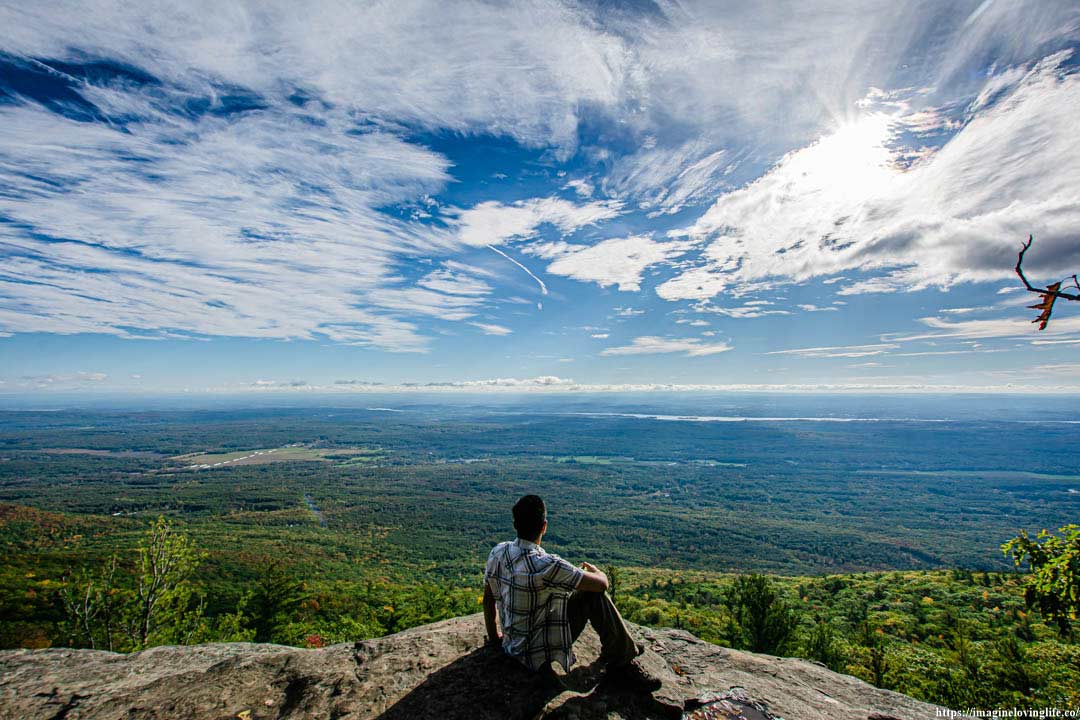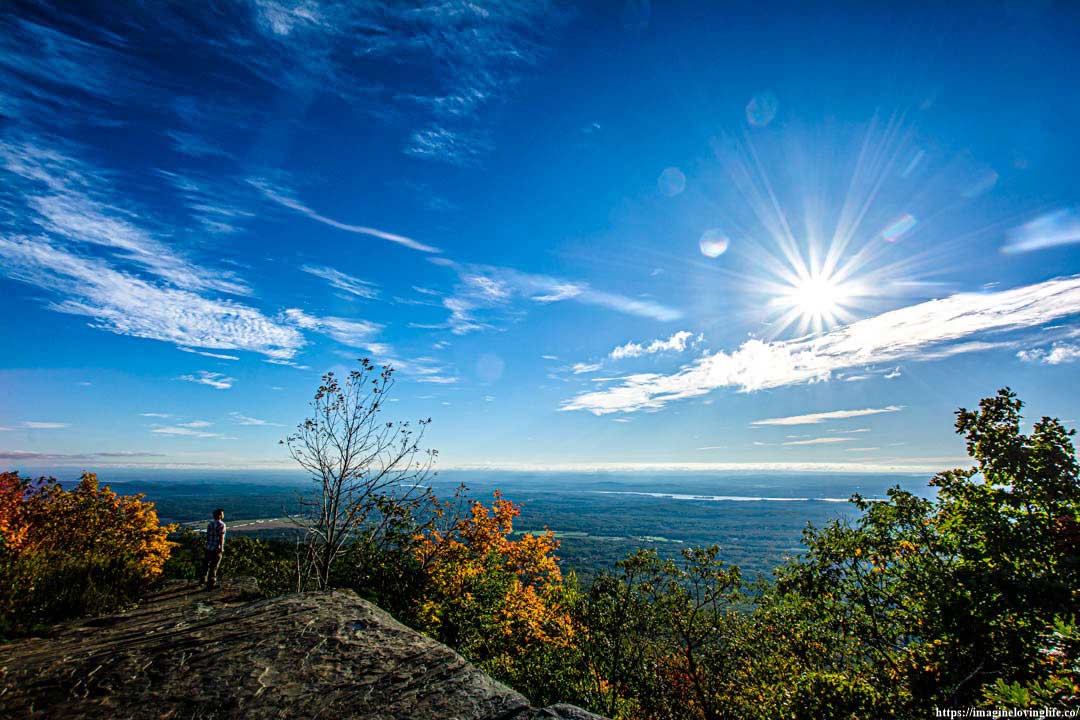
With the new recent technologies and advancement on outdoor flashlights, it is actually a lot of fun to bring one to your hiking or backpacking trip. Flashlights these days can be very small, have long battery life, and can shine brighter than ever. Figuring out the best possible flashlight for you can be very tricky. You only need one since most of the time, this one flashlight will be useful to you for years to come. So figuring out the best possible flashlight for you should be a priority so that you can get it right the first time and not waste any money.
Types Of Flashlights
Penlight
A penlight is a small flashlight shaped like a fountain pen. These flashlights are very small, a little larger than a pen, and often use 2 AAA batteries to power it up. Penlights have a variety of uses. They are often used for work, for first aid kits, and for emergency situations. If you visit your doctor, the doctor will often have a penlight to examine your eyes. These lights are great for emergency purposes.
Keychain Light
Keychain flashlights are the smallest and lightest flashlights that I know of. They are easy to use and work well for a variety of purposes. I often have one in my backpack if I know that there is a chance that I will hike in the dark. If I go backpacking, I will definitely have one just in case of emergencies. There are a lot of keychain flashlights that weigh less than an ounce. They are so light that I do not mind having one for survival or emergency purposes.
Compact Flashlight
Compact flashlights are the typical outdoor, and tactical flashlights that you will see. Lots of hunters, police officers, security guards and people that work in the dark have them. They are small enough to fit inside a pocket and with the latest technologies, they are also very durable. They can withstand a few accidental falls depending on the manufacturer. There are a lot of compact flashlights to choose from ranging from $10 or less to more than $500. One of the most popular type of flashlights that I know of.
Large Flashlight
These flashlights are pretty large and pretty heavy. They are very bright though and can illuminate a very big area. These flashlights are often used for search and rescue. The beams are wide and powerful. They can blind people temporarily rather easily but at the same time, they can illuminate a huge area. These flashlights are often the most expensive ones and offer a lot of brightness or lumens.
Bicycle Lights
Bicycle lights are very similar to flashlights. They practically have the same build except that bicycle lights will have a mount so that you can attach it to a bicycle. Bicycle lights are very lightweight these days. I have seen a lot of good ones that are less than 10 ounces. They are also pretty compact. So if you have a bicycle and go biking at night. You can save money by just getting a bicycle light and use it from time to time when you are backpacking.
Hand Crank / Solar Flashlights
These are the flashlights that people have in case of emergencies like natural disasters and so on. These flashlights will often have AM/FM capabilities and other options. These flashlights are not really the best for backpacking and hiking purposes. They are often heavier and require a lot of cranking to produce light. You don’t want to waste energy cranking a flashlight while walking for lots of miles. It is just a lot of work and you will not be able to use hiking sticks as well.
Essential Features To Consider
These are the main features that I look for when getting a flashlight for hiking, camping or backpacking.
USB Rechargeable
One of the most important things that you need to consider is if your flashlight is USB rechargeable. The reason for this is so that you can charge your flashlight with a power bank. I will often have one in my backpack in case my phone dies. There are lots of cheap and inexpensive power banks that are very compact and lightweight. For example, the Anker PowerCore II is very lightweight and works very well.
Lumens
This is basically how powerful your flashlight is. This is the intensity of the light coming out of the flashlight on the brightest setting. For flashlight enthusiasts, the higher the lumens, the better. But for hiking and backpacking, you don’t need a lot of lumens. You will most likely use the lowest setting to save battery life. The highest setting on a good flashlight can blind people temporarily and can disorient them as well. There are other factors to consider such as beam intensity, distance, bulb type and so on. The company may say that their flashlight has 1000 lumens but without the other factors, the flashlight will not be very bright.
Battery Life
The battery life is also very important. There is always a possibility that you will be hiking or backpacking in the dark for a few hours. You don’t really want your flashlight to fail on you. How are you going to be able to continue walking if you cannot see anything? The answer to that is that you cannot. You will be very lucky if another group of hikers walks by. You can then follow them. If you don’t want to get stranded in the dark at night while hiking or backpacking then make sure that your flashlight has a long battery life.
Waterproof And Water Resistance
I often just put my flashlight in one of the pockets of my backpack. I never take it out unless I needed it. My backpack has been through a lot of different types of weather like hot, cold, rainy, misty, foggy and so on. My flashlight would have been long broken and unusable if it is not water resistant. The simple fact is that the weather is unpredictable at times. You want your flashlight to be able to handle most types of weather especially rain.
Dimensions
The size of dimensions of your backpacking flashlight is important since you have a limited amount of backpack space. You also have to carry cookware, tent, sleeping bags, and devices. You cannot just carry large flashlights even though you may want to. I know a few flashlight enthusiasts who have flashlights worth $500 or more. They want to bring these babies while backpacking. It is just not logical and practical. A small compact flashlight is good enough.
Weight
The weight is also a big factor. The less weight you carry, the more miles you can hike and the faster you can walk too. The more weight you carry, the more energy you will exert and the more fatigue you will become. Since you are carrying a lot of other items with you, you have to consider the weight of your flashlight. The lighter the weight, the better.
Beam Type Of Flashlight
Focused
Focused or spot is a single beam of light that can travel a great distance. It is not very wide but its main objective is to light up objects from a distance. You will never ever use this setting unless you want to impress people with your flashlight. At the brightest setting, this is freaking annoying. If you are in the back, and shine a focused beam of light to the front, the people get so annoyed. You can induce temporary blindness to people with this type of beam. You often have to lower the beam lumens if you are going to use a focus beam of light.
Flood
Flood is a good option for backpacking. It is wide, and does not hurt the eyes. At least on my flashlights, flood settings do not, yours maybe different. This is what you are going to use often. You will use this type of beam to cook foods while camping, navigate through a trail, setup your camp in the dark, and so on.
Adjustable
There are a lot of flashlights that offer adjustable beams of light. You can have focus, flood, low intensity, medium intensity, high intensity and so on.

Additional Features That Are Also Relevant
These are additional features that I look for. These are not the most important but they are still important.
Durability / Impact Resistance
The durability of the flashlight is something you also have to take into consideration. There are lots of flashlights that can take a beating. You want your flashlight to be tough and durable. I dropped my flashlight numerous of times, and it still works. In the outdoors, there is a huge probability that you will fall down which means that when this happens, your gear will be subject to some sort of force and impact. It is best that the flashlights are durable enough to be able to handle such accidents and mishaps.
Modes
In the dark, you don’t really have time to play around with your flashlight or learn how to use it. It is best that it has different modes of operation and you can cycle through those modes with just one button. You can cycle through focus beam, flood beam, low lumens, medium lumens, high lumens, and so on.
Bulb Type
The best type of bulb for backpacking or the outdoors is LED bulbs. With new technologies and innovations, LED bulbs can last for more than 50,000 hours.
Beam Distance
This is the amount of distance that your flashlight will shine through before the light diminishes to the light emitted by the moon. The beam distance varies depending on the setting that you chose. Don’t expect a long beam distance with low lumens and low intensity mode.
Battery Type
There are really a lot of battery types. You can use AA and AAA batteries, nickel metal hydride batteries, lithium batteries, lithium ion batteries, alkaline batteries and so on. Each type of battery have their own strengths and weaknesses. However, we don’t need to know all of that. I will just classify them into 3 different categories: disposable, rechargeable, and renewable.
Disposable
Most of the compact and tactical flashlights that I see that have high lumens use CR123A batteries and 18650 batteries. The low lumen and inexpensive flashlights use alkaline AA, and AAA. CR123A and 18650 batteries are more expensive, more lightweight, and have a higher voltage than AA or AAA. These have a higher voltage. These batteries allow the flashlight to shine brighter and have a more extended distance than AAA or AA batteries.
Rechargeable
Rechargeable batteries can come in different forms as well. There are AA, AAA, NiMH, Lithium ion and so on. Rechargeable batteries are my the best type of batteries for your backpacking trips. They can be recharged through USB, and they last for a very long time.
Renewable
Renewable batteries are the ones you find in hand crank and solar power flashlights. These batteries can be lithium ion as well but they are charged using the sun or through hand cranking. These feature is often common in emergency and survival flashlights that have AM/FM radio and so on.
References:
- https://www.ems.com/f/ea-how-to-choose-a-flashlight.html
- https://www.fenixlighting.com/choose-the-right-light/
- https://www.rei.com/learn/expert-advice/flashlight.html
- https://www.eurekacamping.com/blog/article/how-choose-right-flashlight
- http://www.greenbatteries.com/aa-and-aaa-battery-faq/